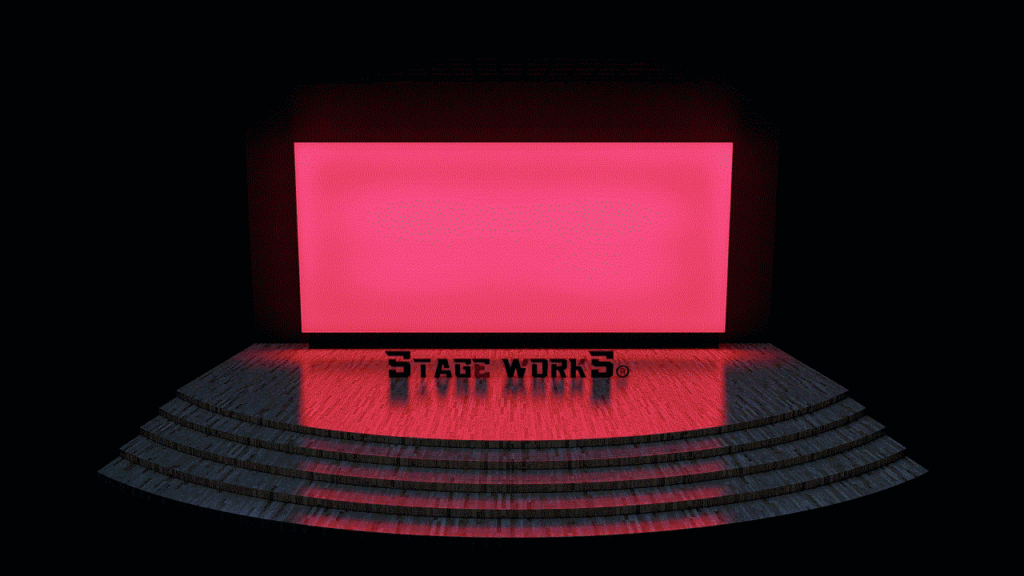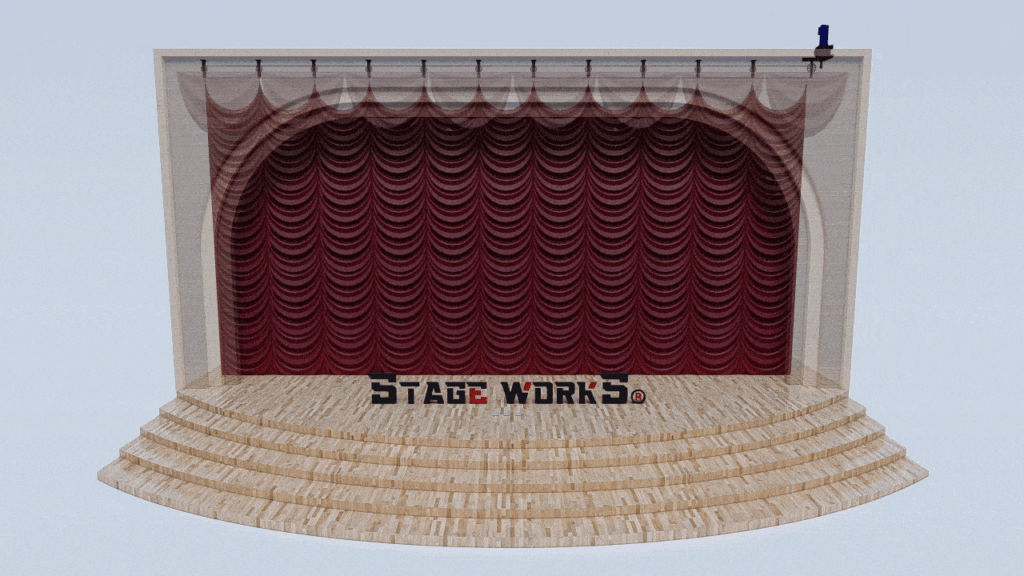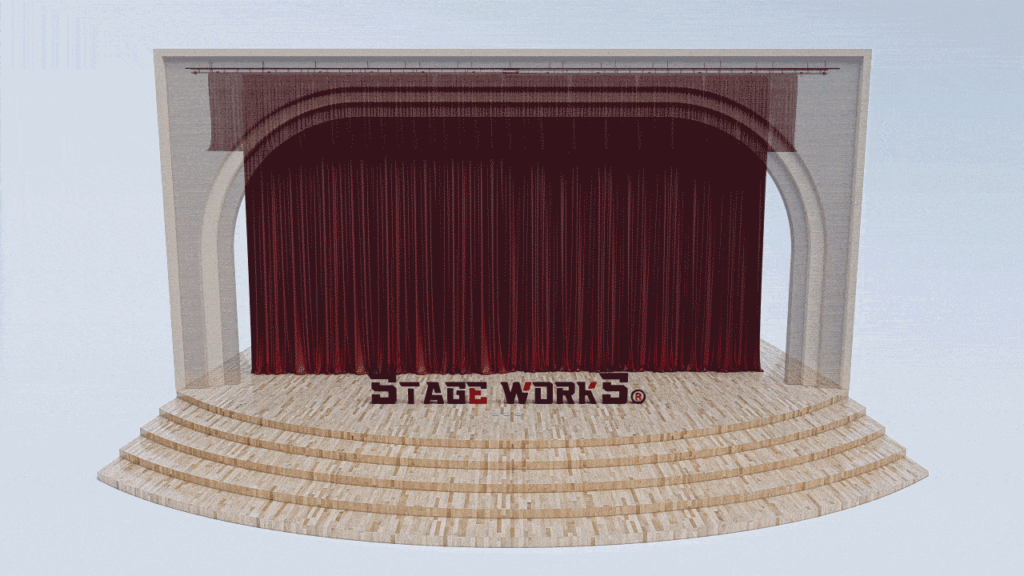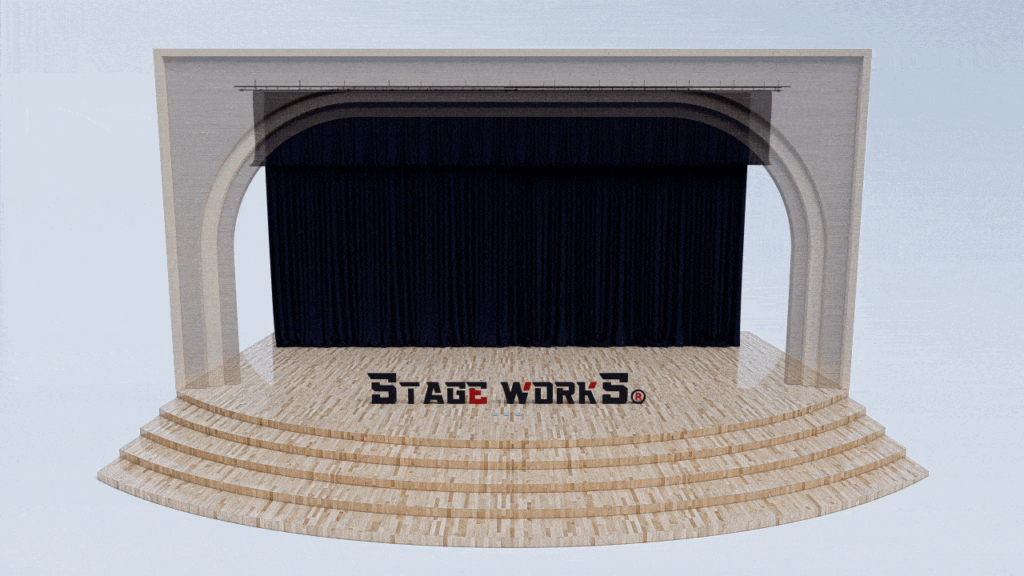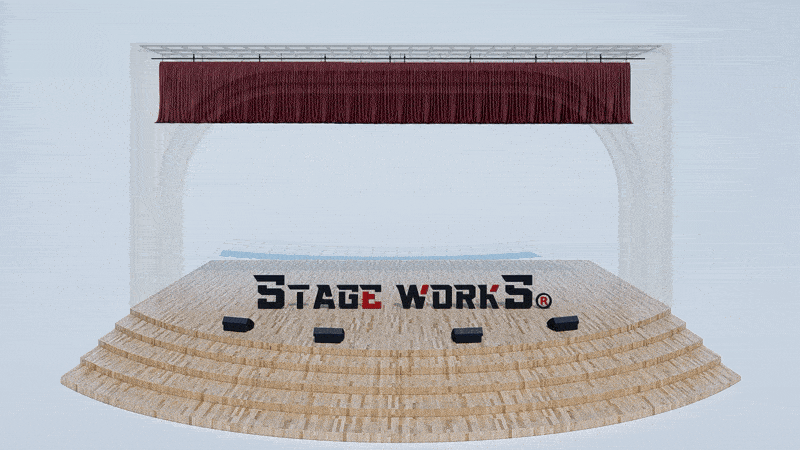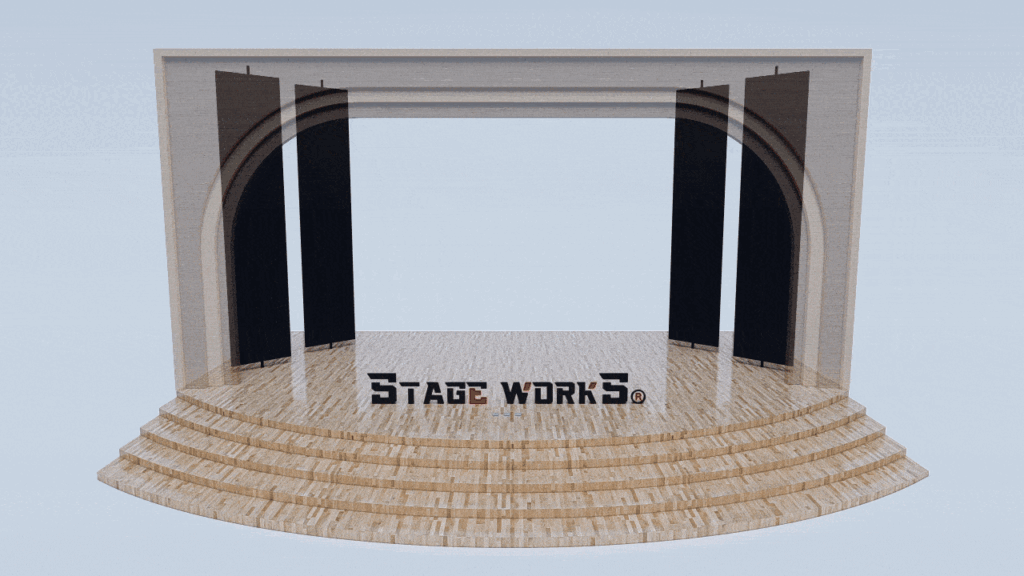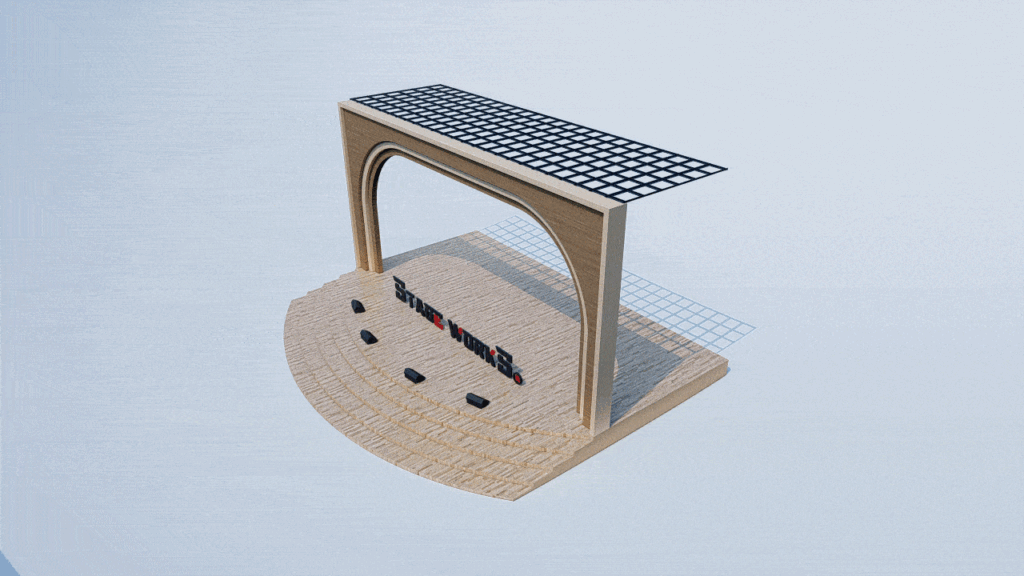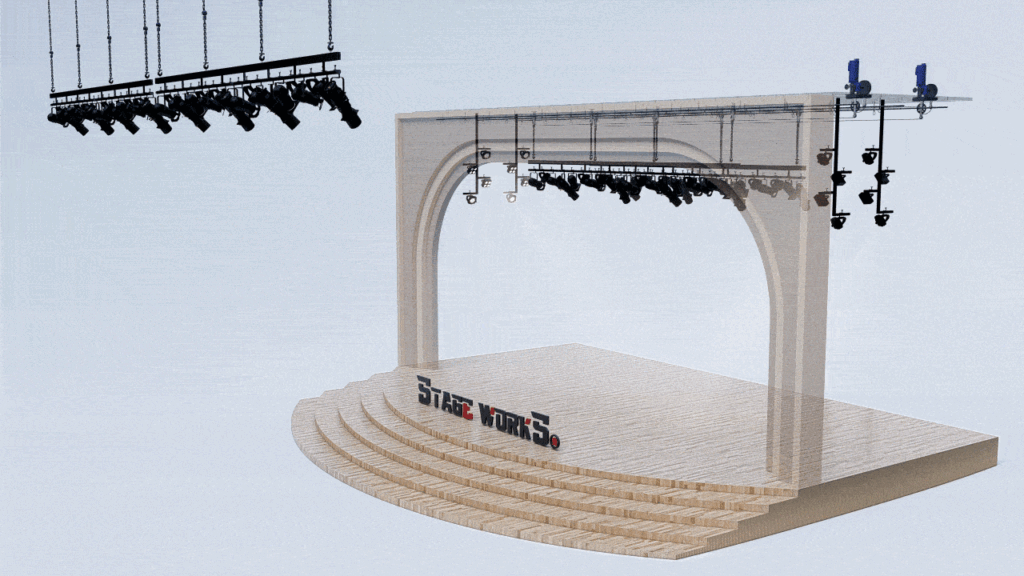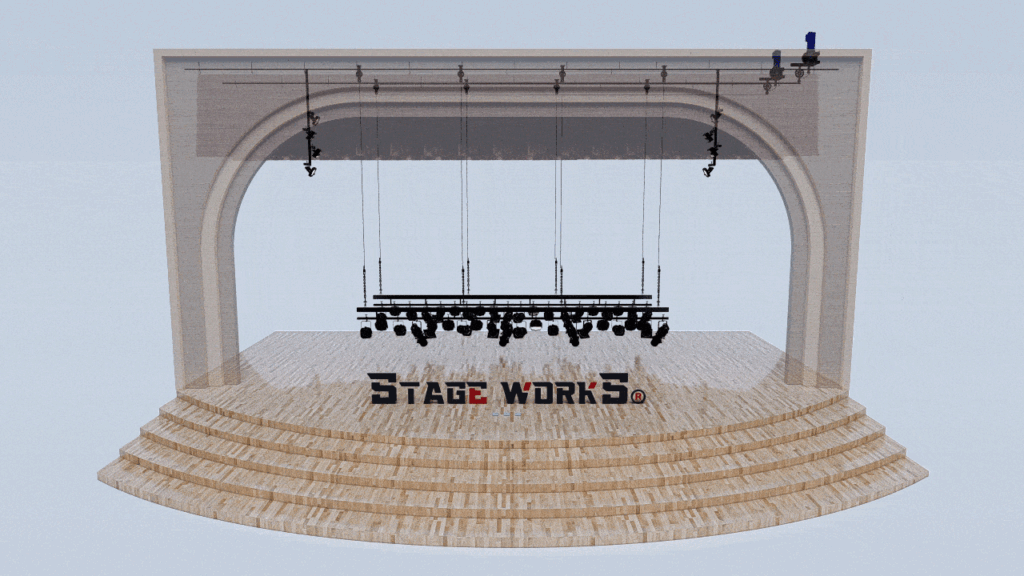Stage Curtain Design 2024: The Architect’s Guide to Theatrical Drapery
Introduction: Beyond the Velvet
The stage curtain is more than just a backdrop; it’s a crucial architectural element dictating the mood, functionality, and overall aesthetic of a theatrical production. Architects, increasingly involved in the design of performance spaces, need a deep understanding of contemporary stage drapery to ensure seamless integration with the overall design vision. This guide explores the latest trends and considerations for stage curtain design in 2024, providing architects with a practical framework for specifying and integrating these dynamic elements.
Material Innovations: Beyond Traditional Velvets
Sustainable and Eco-Friendly Fabrics
The theatrical industry is embracing sustainability. Architects can specify stage curtains made from recycled materials, organic cotton, or innovative, eco-friendly fabrics that minimize environmental impact without compromising quality or performance. Consider the lifecycle of the fabric and its potential for recycling or repurposing at the end of its use.
High-Tech Fabrics for Special Effects
Beyond traditional velvets and silks, new high-tech fabrics are revolutionizing stage design. Consider incorporating:
* Projection Fabrics: These specialized materials allow for vibrant and dynamic projections, transforming the stage curtain into a canvas for breathtaking visuals.
* Light-Diffusing Fabrics: These fabrics subtly disperse light, creating soft, ambient effects that complement other lighting designs.
* Acoustic Fabrics: Designed to absorb or reflect sound, these fabrics optimize the acoustics of the performance space.
Mechanism and Automation: Seamless Transitions
Automated Curtain Systems: Precision and Efficiency
Sophisticated automation systems offer precision control over curtain movements, enhancing the flow and drama of performances. Architects should specify systems that prioritize reliability, safety, and quiet operation, considering factors like speed, weight capacity, and ease of maintenance.
Integration with Lighting and Sound Systems
Seamless integration with lighting and sound systems is crucial for a unified and immersive theatrical experience. Specify systems that allow for synchronized movement of curtains with lighting cues and sound effects, creating a cohesive and impactful performance.
Design Considerations: Shaping the Performance
Curtain Weight and Drape: Impact on Aesthetics
The weight and drape of the curtain significantly influence its visual appearance. Heavy velvets create a sense of opulence, while lighter fabrics provide a more ethereal effect. Architects should carefully consider the desired aesthetic and choose fabrics accordingly.
Color and Texture: Setting the Mood
Color and texture play a significant role in establishing the overall mood and atmosphere of the production. Consider how different colors and textures impact the visual narrative and complement the overall design scheme. Explore unique combinations of fabrics and textures to create visually arresting effects.
Stage Curtain Size and Proportion: Optimizing the Space
Accurate sizing and proportioning are critical. Architects must precisely measure and specify curtain dimensions to ensure a perfect fit and optimal visual impact within the performance space.
Collaboration and Consultation: A Team Effort
Working with Stage Curtain Specialists
Architects should collaborate closely with specialized stage curtain suppliers and installers. Their expertise in fabric selection, mechanism design, and installation practices is invaluable in ensuring the successful integration of stage curtains into the overall design.
Understanding the Performance Requirements
Close consultation with the production team is crucial to understand their specific requirements and preferences. This collaborative approach ensures the stage curtains meet both the aesthetic and functional needs of the production.
Conclusion: The Architectural Curtain Call
The stage curtain is a dynamic architectural element demanding careful consideration. By understanding the latest material innovations, automation technologies, and design considerations, architects can contribute significantly to creating memorable and impactful theatrical experiences. A thoughtful approach to stage curtain design ensures the successful integration of this crucial element into a cohesive and aesthetically pleasing performance space.



